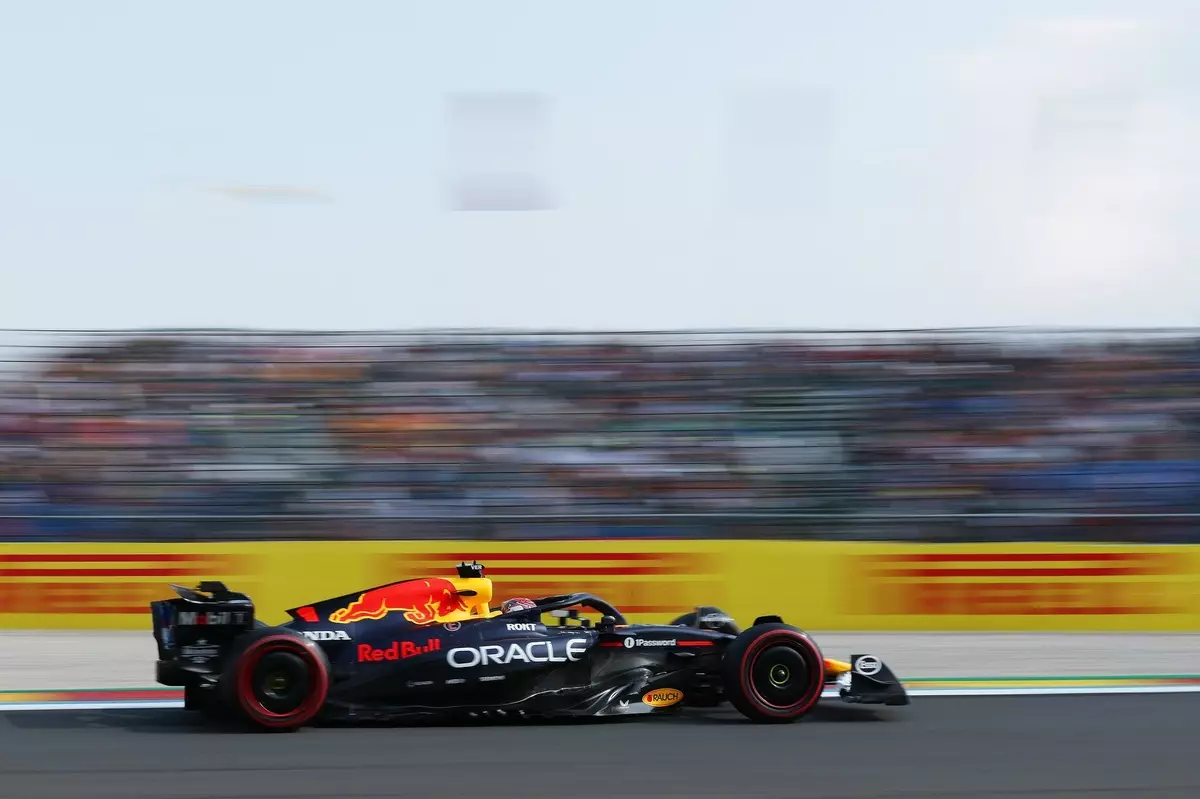In the high-stakes arena of Formula 1, every fraction of a second can determine a driver’s fate. Recent qualifying sessions exposed a stark reality: despite the apparent technological supremacy of teams like Red Bull, the margin for error and performance is razor-thin. Max Verstappen’s inability to challenge Oscar Piastri at the Belgian Grand Prix underscores an essential truth — speed is multifaceted, comprising aerodynamic efficiency, powertrain optimization, and strategic finesse. The gap of nearly half a second might sound marginal to a layperson, but in F1 terms, it represents a chasm crafted by differences in downforce management, top speed, and driver execution. This performance disparity prompts a reassessment of how teams must innovate continuously, not just with raw speed but with holistic optimization.
The episode also highlights the importance of understanding each component’s contribution. McLaren’s consistently superior sectors reveal that aggressive development in aerodynamics and chassis design can trump outright engine power. Verstappen’s team, despite introducing several updates, remains a step behind McLaren’s aggressive optimization, especially in sectors that demand high downforce and high-speed stability. The key takeaway? Success in F1 isn’t simply about horsepower; it’s about balancing aerodynamic grip with straight-line speed, a complex dance that teams like Red Bull are still mastering.
The Cost of Compromise: The Fine Line Between Downforce and Top Speed
The delicate equilibrium between increasing downforce and maintaining straight-line velocity is a perennial challenge for F1 engineers. Helmut Marko’s comments on the trade-offs vividly illustrate this conundrum. When Red Bull pushes for more downforce, the car loses precious top speed on straights, limiting overall performance even when the car handles exceptionally well in corners. Conversely, prioritizing straight-line speed aggravates the car’s stability during high-speed turns, a compromise that can be the difference between pole and mid-grid positioning.
Oscar Piastri’s ability to extract maximum performance from a package seemingly less potent in raw horsepower exposes a crucial insight: driver skill and setup optimization often outmaneuver raw technical data. His performance in sectors demanding agility and precise aerodynamic balance demonstrates that innovation isn’t solely about technological leaps but also about how well drivers and engineers collaborate to eke out every advantage. It is a testament to the importance of nuanced development strategies and the sophistication required to be competitive.
Strategic Pitfalls and the Human Element in Qualifying
Beyond technical aspects, the human factor plays an undeniable role. Yuki Tsunoda’s persistent struggles reflect broader issues of development and driver confidence. Being consistently outqualified by Verstappen signifies a gap — not merely in raw speed but in the ability to adapt quickly, manage tires efficiently, and execute perfect laps under immense pressure. The absence of recent upgrades on Tsunoda’s car further complicates his performance, emphasizing how strategic decisions on resource allocation influence outcomes.
Furthermore, team dynamics and managerial outlooks impact endurance in the race. Helmut Marko’s cautious prognosis for Tsunoda’s chances of scoring points indicates a pragmatic approach rooted in data but also reveals the high expectations and relentless pursuit of excellence that define top-tier racing. In this environment, talent alone isn’t enough; strategic thinking, continuous development, and mental resilience are equally critical for a driver’s success.
The Future of F1: Innovation as a Continuous Journey
What this snapshot from the Belgian GP qualifying cycle ultimately suggests is that Formula 1’s future hinges on relentless innovation and strategic agility. Success isn’t static; it evolves with every lap, update, and insight. Teams must persevere at the intersection of engineering mastery, driver skill, and strategic foresight. The evolving aerodynamic battle — balancing downforce against top speed — epitomizes the constant push-and-pull that keeps F1’s competitive spirit alive.
Despite Red Bull’s current setbacks, their acknowledgment of incremental progress and the ongoing search for optimal compromises reflect a mindset that no victory is guaranteed nor permanent. In the fiercely competitive world of F1, adaptation isn’t optional — it’s the very essence of survival. The sport’s greatest champions will increasingly be those who combine technological innovation with strategic patience, recognizing that mastery over the tiniest details makes the biggest difference.
Unquestionably, F1 remains an arena where technological evolution and human ingenuity collide, shaping a future that demands no less than excellence in every facet of performance.


Leave a Reply